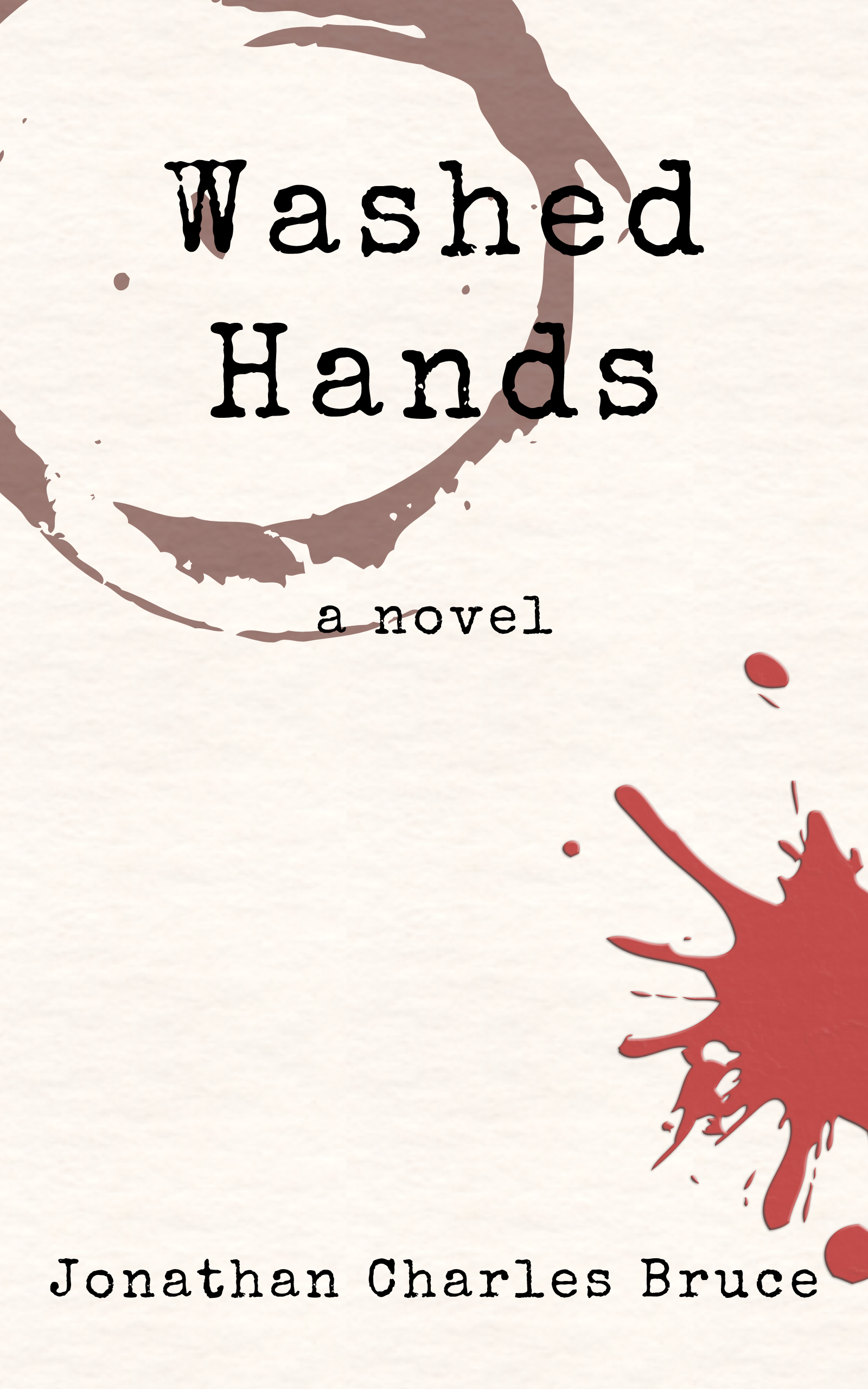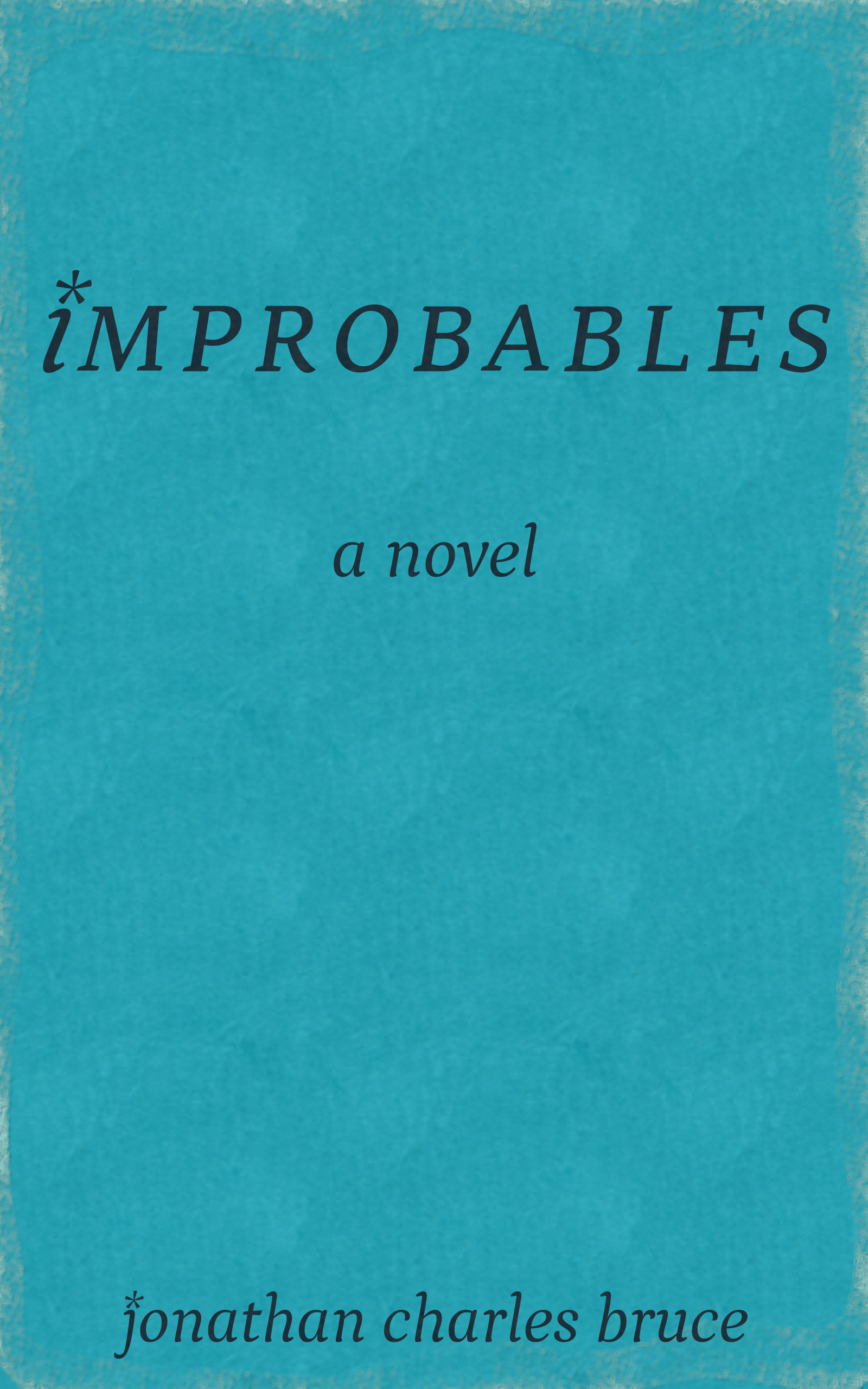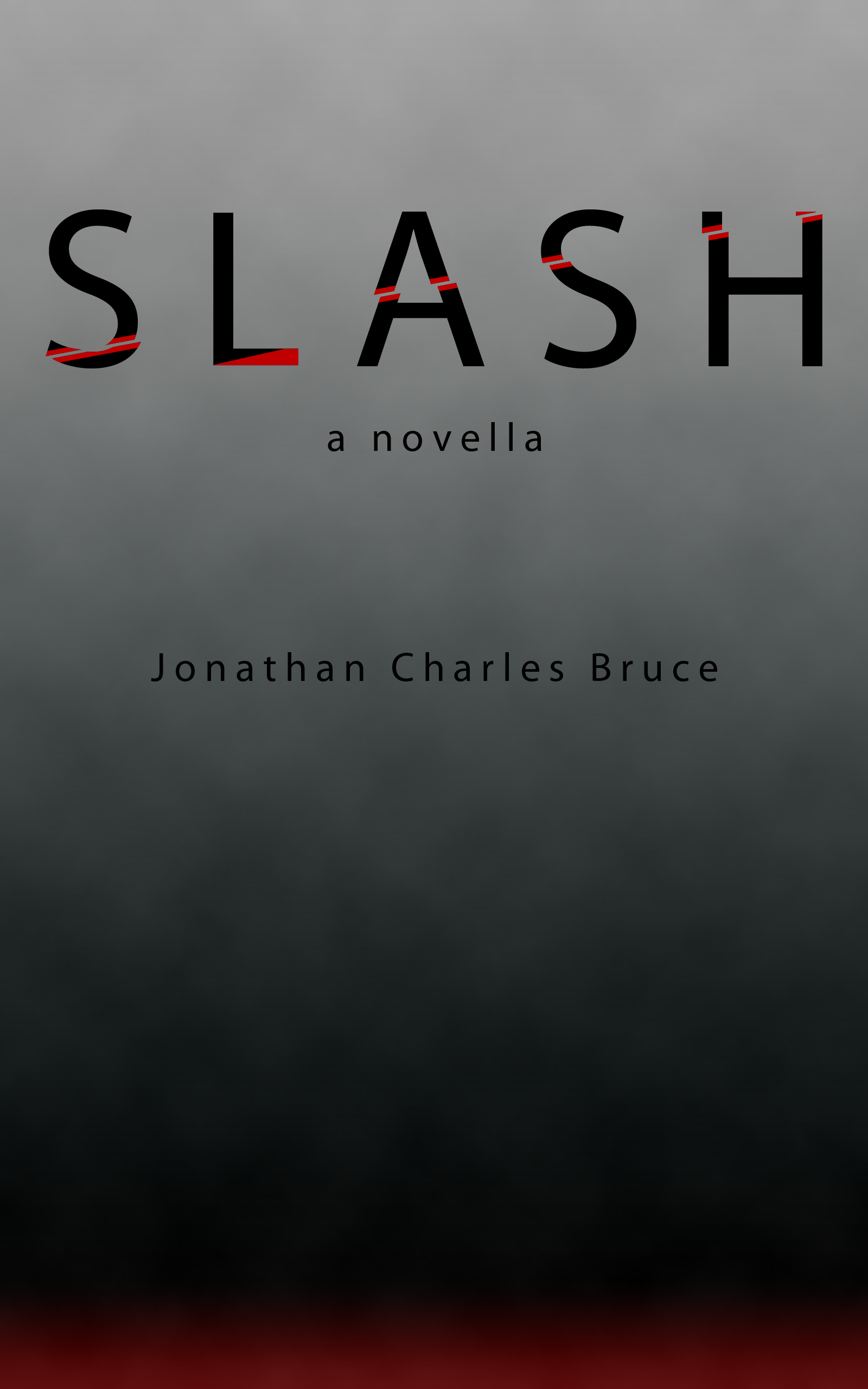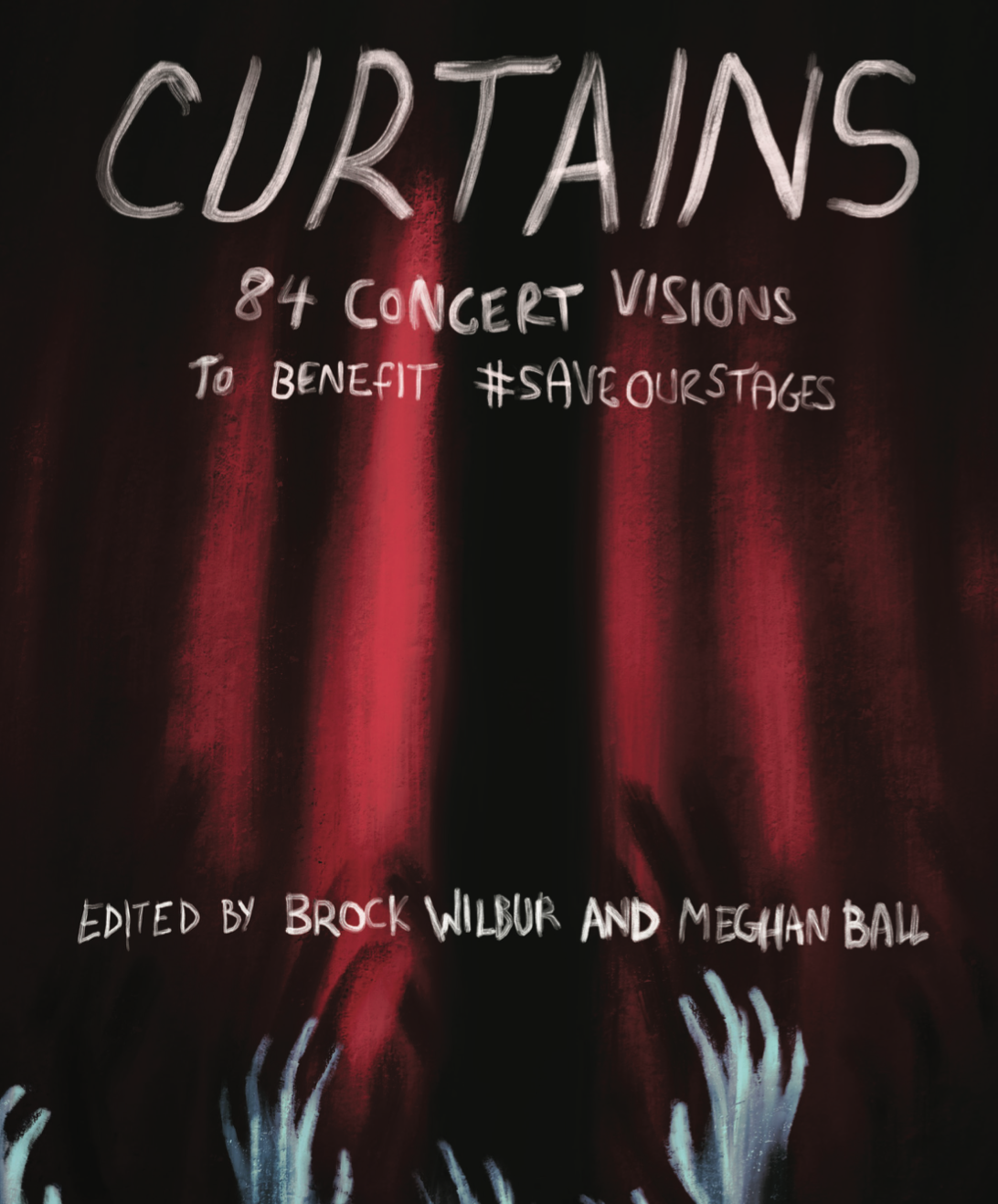Creating You Know It
So, the more astute of you have noticed that I have an incredibly anemic media section. I do have plans for it, but it involves cultivating some arty fans who want to submit their stuffs to me. As of right now, the only thing there is a side project of mine called You Know It, You Just Don’t Know You Know It. If you’ve sat through it, you know that it’s a historic analysis/brutal takedown of an awful 1950's short trying to sell us on the wonders of the electric kitchen. If you haven’t proven yourself and watched its glory, then I suggest you clear your schedule for the next hour and revel in my awesomeness by clicking here. Or not. In any case, you can continue reading this column and I’ll let you in on the semi-creative process behind this wonderful edu-tainment piece.
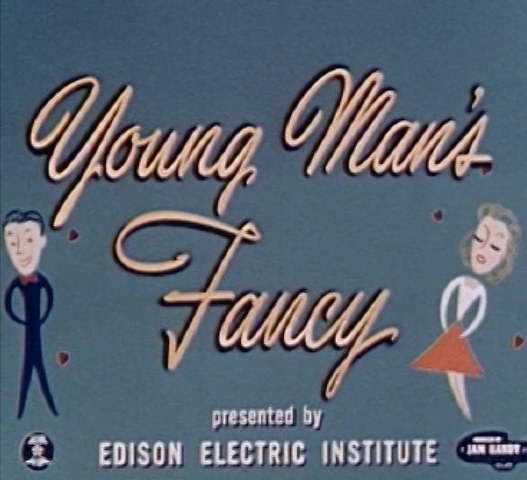
This depiction is startlingly accurate for a descent into 1950's hell.
Before the Beginning
I love pop culture. More appropriately, I love that pop culture can be dissected to reveal amazing truths about ourselves. When I first started as a Teaching Assistant, we had one class dedicated to a film call Reel Injun, In the movie, there’s substantial discussion about how our modern perceptions of Native Americans are based upon how films have given society stereotypical symbols. Not only are these symbols completely wrong, they are also powerfully effective and incredibly enduring.
The discussion section I ran after this class was probably my most successful up to that point. It started by having students contribute to a list of films (the more modern, the better) that had Indigenous American characters in it. Things like Pocahontas and Dances With Wolves were obvious and usually among the first titles listed. Some of the more sci-fi inclined students suggested (correctly) that Avatar be listed. There were numerous other entries suggested, and the more we had to work with, the easier the next phase was.
Part two of the exercise focused on starting to list common themes with these movies. From there, we also discussed common symbols the movies used to transmit information to the audience. This was usually where the biggest hiccups occurred – a lot of people aren’t really fluent in discussing symbols in media. This actually confused me for a moment as I stood in front of my class – how could people not articulate this?
And then it hit me – it’s because, at some point, they must have been told they were wrong.
At least in some way. Up to this point, most of these students probably had limited experience in discussing symbolism in their classes. Since it was a 101 class, it stood to reason that their only exposure to this kind of thing was high school English class where, in the infinite wisdom of the school boards, symbolism was set in stone with no room for negotiation. I’ve already ranted about this phenomenon here, but this moment really helped solidify just how unwilling people are to take a risks with sharing their thoughts.
So that’s when I came up with “You know it, you just don’t know you know it.” A simple phrase, to be sure – and probably a terrible title for a series – but it gets to the heart of the matter. We’ve been trained since birth to read symbols. Sadly, we haven’t been given equal training in being able to articulate it.
The class culminated in a brief discussion of Twilight and how it (probably unintentionally) reinforces an anti-race mixing world view. Stephanie Meyer, in her infinite wisdom, chose to make her Native American character so in-touch with nature (because he’s Amerindian, you see) that he has a magic-spirit-warrior animal form thing. And through three books, we’re endlessly teased with the hint of snow-pure Bella ending up with Jacob, only to be married to a so-white-he-sparkles Edward in the end. And before you go and start madly typing a reply about the magic vampire baby romance plot, keep in mind that Jacob is essentially hypnotized into taking care of Renesme when she’s been freshly torn from her mother’s womb.
ROMANCE!
After this, I concluded with taking down The Education of Little Tree, the oft-suggested and blatantly false “autobiography” of a Native American boy which was actually written by a white supremacist. The point I was making to my class was the fact that symbols are so powerful that people can easily manipulate their audience with their savvy use. Whether it’s inadvertent like Twilight or pandering bullshit like Little Tree, symbols are how we learn about the world around us.
An Idea Takes Shape
After that class, I was pumped. Even students who normally didn’t really participate in discussion had spoken and offered their opinions. It was like a light switched on and this whole new world was opened up. Almost immediately, I started to draft a syllabus for a class in my head. It would use movies and visual media to tell the story of the 20th century, especially by concentrating on the treatment of “the other”.
I continued to toy with the idea. The format I originally had in mind would be broken down into two days of lecture and one day of watching a movie. The problem would be a matter of time. The average movie is 90 minutes or so. A power lecture runs for 75. Theoretically, I could run the movie at double speed and collapse it into 45 minutes, but that seems a touch silly.
And then, it hit me.
I’m a fan of Mystery Science Theater 3000. When Cinematic Titanic comes to town, I buy my ticket as soon as I can. Same with RiffTrax. There’s something about ripping apart absolutely terrible movies that just fills me with such joy. And it’s not just simple “Wow, that’s bad” commentary. No, this is articulate and ranging criticism, covering everything from contemporary pop culture to historical figures. This kind of eagle-eyed commentary is perfect for my theoretical class.
Essentially, what I could do is break up larger movies into smaller, relevant chunks which revolve around a particular theme. While this essentially eviscerates some aspects of the film, it will also end up highlighting what we need to talk about. And since technology doesn’t intimidate me, I am fully comfortable skipping around on a DVD while giving informative commentary on the movie’s place in the historical narrative.
The problem I ran into is, as a graduate assistant, I can’t run my own class. As comfortable as I may feel potentially running my own lecture, I still have quite a bit to learn from advising professors. So I will continue working on my syllabus, making sure to edit, add, and delete when I pick up something new.
But, at my core, I am an educator. I want to teach because (I’d like to think) I’m good at it. So if I have a great idea for a lesson, I’m going to want to do something, anything to continue. What do I do about that?
Pushing Forward
If I can’t teach a whole class on something in person, I can do the next best thing: I can make a video for the internet.
Okay, maybe not necessarily “the next best thing”, but eat me, this is my story.
Thanks to the glory of Archive.org and my near-obsessive knowledge of Mystery Science Theater episodes, I decided that A Young Man’s Fancy would be the perfect short to use. The movie/short/show/sleeping aid follows a young psychopath named Judy as she tries to woo a young door knob named Alex. Her method involves feigning helplessness and being involved in lengthy discussions about electricity. It’s as riveting as it sounds.
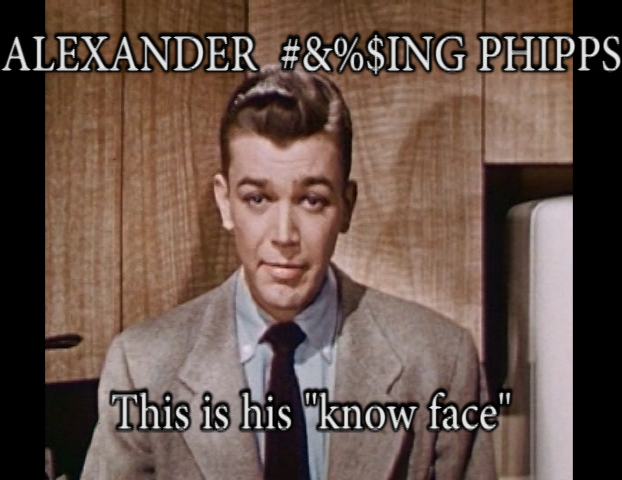
Image Presented Without Context
Despite that, it’s actually perfect for my needs. It’s place in discussing both American consumer culture and gender roles in a concise time-frame is almost without parallel. The acting is pretty awful, but it’s also very earnest, giving it an almost high school play quality. The writing is so awkward and forced that I hesitate to suggest that it wasn’t found on the back of a refrigerator box, and yet the story arc itself is so delightfully sit-com-esque that the movie is fairly easy to predict and follow.
After purchasing some magnificent editing/sound recording software, I was ready to begin. I watched the full video twice, making sure to take ample notes and write down my snide comments. The important thing was to balance teaching with mockery - too much of one makes it difficult to keep attention or be taken seriously. Also, I had to make sure that the jokes that I made were not ripped from MST3K. That wasn’t too much of a problem – like I said, I have near-obsessive knowledge of the show and that episode in particular.
After this, I typed up a script for the beginning, intermission, and finale parts of the video. Then came time to do the part I was least prepared for: recording the audio. I naturally speak very quickly, so it was tough to try to reign it in. I don’t think I did a very good job of it. In fact, most criticism revolves around the commentary of “SLOW THE FUCK DOWN”. Perhaps by the end I was comfortable with how I was approaching my narration, but the beginning flits by very quickly. I guess, too, I was influenced by Ben “Yahtzee” Crowshaw’s Zero Punctuation. Long story short, I need to be more comfortable with how I narrate, not how I expect narration to be.
Actually setting up and editing the video was the next and most time consuming step. It wasn’t the actual cropping of video and audio which was the main problem; rather, the biggest time sink revolved around taking screen grabs and editing individual images.
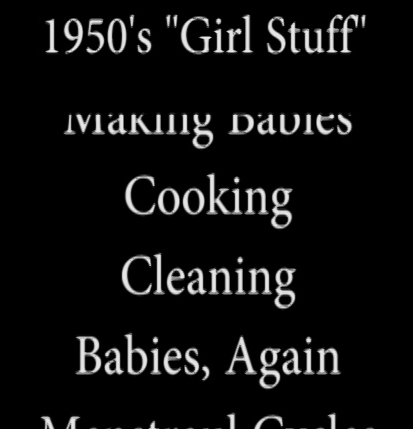
Also, making title crawls regarding gender roles.
My lady friend built me a mighty fine computer, so processing speed was not the problem; it was my inability to use Photoshop in a manner that was efficient. But, hey, practice and all that.
Editing work started on April 21st and ended the 29th, after a total of twenty-five hours had been dumped into it. After some rough draft evaluations, I went back to the board and tweaked some of the edits, sounds, and subtitles. I also sought out and received permission from Jasper Byrne to use some of his tracks in my video. Honestly, because I am such a huge fan boy of his, that may have been the highlight of the project. You should buy his music and play his games and read my review of Lone Survivor.
And After
So where am I going from here? Well, MST3K logic dictates that I shall do A Young Man’s Fancy’s corollary The Violent Years. It’s a sentiment that I can get behind. The Violent Years, directed by E.D. Wood, is hilariously terrible and mishandles so many good symbols that it’s almost not fair how well it can be torn to shreds. It’s about a sexually-assaulting girl gang rampaging across L.A. because the main character’s parents don’t pay attention to her. Or something. It’s the corny highlight of over a decade of juvenile delinquency fear-mongering movies. The way it approaches the subject is hilariously sensationalistic, conflating parental neglect to kidnap, rape, assault, robbery, subverted gender roles, and communism.
I don’t know when I’ll have time to get to it, but it should be well worth the wait. Hell, I may even breathe during my narration this time.
< PREVIOUS ENTRY • NEXT ENTRY >
Advice • Fiction • Gaming • General Musings • Reviews


